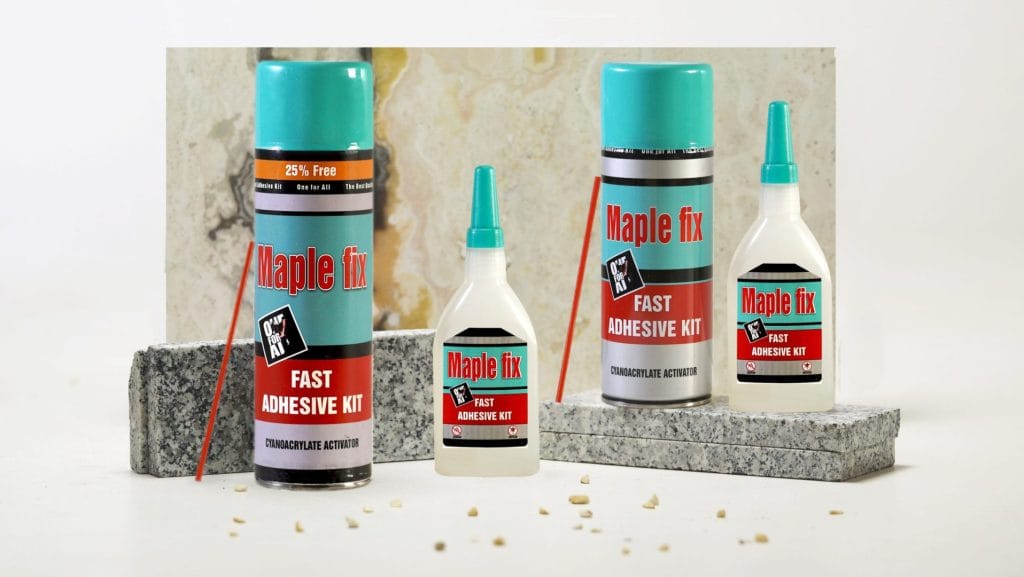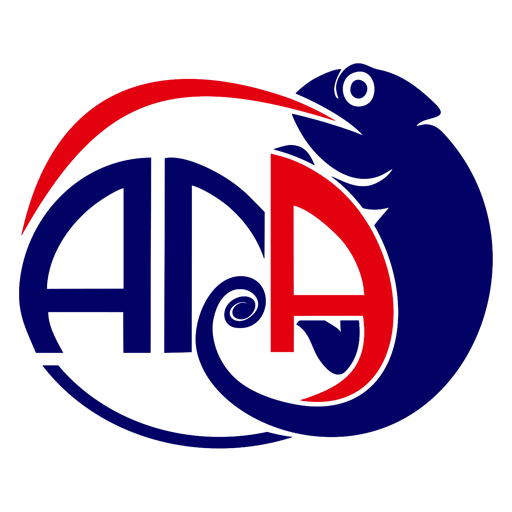To bond and connect various parts, it is essential to be familiar with the types of adhesives and the application of each. Each adhesive is designed for a specific task, and lacking this knowledge might work against you. A wide range of quality adhesives is available in the market for all purposes; however, to understand where and which adhesive to use, follow this article from “Ana Shimi Araz” as we review them.
What is Adhesive?
An adhesive is a substance used to create a connection between two objects. It has the ability and strength to bond with other surfaces. The interaction and process of creating a bond between the adhesive and the object is also referred to as adhesion. Other terms used for adhesive include paste, glue, cement, and slurry.
Compared to other methods of connecting materials, such as sewing, mechanical connections, thermal methods, etc., adhesives have broader applications and can be used for more materials. Adhesives distribute stress more effectively over the entire surface of the bond, reducing the likelihood of joint failure. Furthermore, they create a more aesthetically pleasing surface and a more flexible design, making them more economical than other bonding methods. The adhesion process also takes less time.
Adhesives come in various types. Interestingly, this diverse range can be classified into two main groups: “natural adhesives” and “synthetic adhesives,” based on their primary production source. Natural adhesives are derived from organic sources like plant starch, natural resins, or animal parts, and are also known as “bio-adhesives.”
Synthetic adhesives are made from synthetic materials such as polymers and generally include emulsion adhesives, thermoplastics, and thermosets. Adhesives are also categorized according to their adhesion method. In “reactive adhesives,” a chemical reaction must occur to create a bond, while “non-reactive adhesives” do not require a chemical change to form a connection. However, physical changes might occur during the adhesion process.
Types of Adhesives and Their Applications
- 123 Glue
- Tape
- Silicone Adhesive
- Wood Glue
- PVC Glue
- Epoxy Adhesive
- Polyurethane Glue
- Fabric Adhesive
- Glue Stick
- Metal Glue
- Twin Glue
- Hot Melt Glue
- Electrical Tape
- Concrete Glue
- Stone Glue
- 123 Glue
In Iran, cyanoacrylate glue is known as 123 glue, and other names include crazy glue and super glue. These drop adhesives have quick and powerful bonding capabilities with various materials, including metals, plastics, and even human skin. Unlike traditional water-based glues, these adhesives are made of an acrylic resin, with cyanoacrylate being their main component. Cyanoacrylate is an acrylic monomer that polymerizes into plastic once set. 123 glue is used for bonding plastic surfaces, wooden surfaces, leather surfaces, laminate coatings, etc.

- Tape
Tape consists of a material with an adhesive layer and serves as a substitute for fasteners, screws, or welding to bond different pieces together. Using tape instead of mechanical fasteners simplifies production processes and allows for connections at lower temperatures. Tape also protects the working surface, as it doesn’t damage the surface like screws do.
The application of these adhesives varies; some are pressure-sensitive, while others require moisture for use. Some tapes, like latex tape, bond to each other.
Tape is a useful and widely-used tool in daily life and various industries, including packaging, cosmetics, crafts, and household tasks such as home and kitchen projects.

- Silicone Adhesive
Silicone adhesives differ from other polymer-based adhesives due to their unique chemical structure. They maintain their elasticity across a broad temperature range, exhibit high resistance to chemicals, moisture, and air, but do not show much resistance to high mechanical loads. They are suitable sealants with low surface tension.
Consequently, silicone adhesives cannot be painted. They have low bonding strength, but when flexibility and high resistance at low temperatures are essential, they are used for bonding metals. Silicone adhesives are used to bond glass and ceramics, concrete, metals, plastics, and for specific formulations in aerospace applications. The setting time and features of two-component silicone adhesives vary, generally providing higher initial bond strength and faster adhesion than single-component adhesives. These glues are used for window assembly.

- Wood Glue
When a product is called wood glue, one expects it to bond wood; this is clear to everyone. However, you may not know that wood glue comes in various types. When purchasing glue for bonding wooden surfaces and parts, you should be familiar with various types such as epoxy, invisible glue, polyurethane, etc. Wood glue is used for making wooden frames, decorative items, or in the production and construction of furniture and cabinets.

- PVC Glue
This type of glue is used to bond plastic parts such as PVC pipes, fittings, and electrical components. PVC glue is used in the construction industry to bond and attach PVC flooring.
- Epoxy Adhesive
Epoxy adhesives can be single or dual-component and harden through a chemical reaction, creating a very strong and durable bond. They are resistant to high temperatures, extreme cold and moisture, as well as chemicals and solvents. They are used in multiple bonding applications, particularly with metals and technical plastics.
Epoxy adhesives are widely used across various industrial and commercial sectors, such as:
- In the automotive industry for bonding metal parts
- In construction for stabilizing decorative elements like bricks and ceramics
- In other industries such as aerospace, boating, furniture manufacturing, and electronics.
- Polyurethane Adhesives
Polyurethane adhesives are made from solid synthetic resin polymers. They are flexible adhesives that exhibit excellent adhesion over time and high resistance to water, high temperatures, and chemicals. They are mainly applicable for internal and external bonding, insulation, and sealing. In construction, polyurethane adhesives are used for bonding drywall, wood, insulation foam, tiles, etc., and for sealing pipes and fittings in plumbing systems.
- Fabric Adhesive
Bonding fabric with regular water-based adhesives is challenging and often yields unsatisfactory results. Therefore, if you want to repair torn upholstery, jeans, or any other fabric, or use fabric gift wrap for your presents, you should consider buying fabric adhesive. Fabric adhesives come in various types and shapes. Some are packaged similarly to regular liquid adhesives, while others are in tape form, requiring an iron to apply the adhesive to the fabric surface.
Fabric glue is waterproof, allowing you to wash your fabric-based creations and clothing in a washing machine safely. Always pay attention to the instructions on the packaging before using any fabric adhesive to avoid damaging the fabric due to unfamiliarity with the application method.
- Glue Stick
Glue sticks are used for making various crafts. These glues are weak and are not meant for strong adhesion.
- Metal Glue
This type of glue, resembling honey, takes about 15 to 20 minutes to dry. As the name suggests, metal glue is used for bonding metals. It is very durable, typically polyurethane-based, and falls under super adhesives. Metal glue is strong and is also used for bonding leather and other materials.
- Twin Glue
Twin glue is widely used in households, primarily for bonding plastic containers or pipes.

- Hot Melt Glue
Hot melt glue, or glue gun adhesive, is one of the most popular household adhesives, known for its unique functionality and capabilities. This adhesive requires a special heating gun that melts the solid glue into a liquid, allowing it to be applied. The glue gun is straightforward to use, without requiring specialized training. These glues are often used for crafting or simple bonding tasks.

- Electrical Tape
Electrical tape is another household adhesive. Although this tape is designed for specific applications, it is commonly found in every home, making it easy to use at home. Electrical tape is designed for connecting wires and preventing electric shocks. These tapes come in various types and colors, each indicating a specific voltage rating. Generally, larger electrical tapes are used for insulating thicker wires, and they have widespread applications in construction.
- Concrete Glue
In concrete production, a type of glue is commonly used that increases the bonding and resistance of the concrete. Sometimes, cracks develop in various parts of the concrete, and pieces separate. Various concrete adhesives can be used to bond these pieces.
- Stone Glue
As the name suggests, stone glue is a specialized adhesive for bonding stones, tiles, and ceramics, used in construction. This product, which contains epoxy glue, is used for a strong connection between stones.
Conclusion
With this overview, it becomes clear which glue to use and where. Adhesives come with different materials and properties. For example, some contain toxic or hazardous chemicals. Always pay attention to the descriptions and writings on the package when purchasing adhesives to ensure you choose the appropriate one for your intended application. For instance, do not use an adhesive containing dangerous chemicals for bonding an item in the kitchen.
Don’t forget to read the package instructions. Remember that for different adhesives to bond various surfaces effectively, it is best that these surfaces are completely clean and free of dust. It doesn’t matter if you want to bond two pieces of cardboard or two metal surfaces; in any case, the adhesive performs better on clean surfaces.
In this article from the collection of Ana Shimi Araz, we have introduced various adhesives and examined their applications, allowing you to confidently choose the appropriate adhesive based on the instructions provided.


